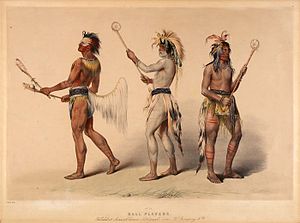Donald Malloy:
Bandleader, Trumpet, Composer, Arranger
In 2006 Donald Malloy made his move out to the east coast to truly begin his career as a professional musician. Bringing with him many musical experiences on the Cleveland jazz scene he was ready to take on the world. Music was flowing in his heart and he had to find an outlet. Then in February 2007 he landed a steady gig at The Garage in New York City and Sight was born. In March of 2009, Donald released his debut album Spiritualtiy with his cutting edge band SIGHT.
Upon graduating from Oberlin, Donald furthered his education as a graduate student at Rutgers University. There he was mentored by, the legendary William Fielder. Since his move to New York City, Donald has had the honor of performing with such greats as Geri Allen, Victor Lewis, Frank Lacey, Michele Rosewoman, Cecil Brooks III, Mike Mossman, The Drifters, Eddie Palmieri, Conrad Herwig, and Frank Sinatra Jr. Donald, also will be in the new film by producer Michael Hausman (The Firm, Broke Back Mountain, Amadeus) called Downtown Express where his song Juanita from his new album The Mothers will be heard.
He also composed a four movement suite for the Jazz Heritage Orchestra entitled Spirit of New Orleans.
Ifa tradition
Ifa is an indigenous, earth centered African spiritual tradition which was conceptualized by the Yoruba people of Nigeria, West Africa. According to oral literature, the practice of Ifa originated as far back as eight thousand years ago. Therefore, Ifa may indeed be the oldest monotheistic religion in the world.
Ifa is balanced on three legs; Orunmila (Creator), Orisa (Nature Spirits), and the Ancestors. The mysteries and teachings of Ifa revealed in divination are contained in a body of scriptures called Odu.
Ifa is characterized by a deep sense of the interdependence of all life. “Every life form and element of Nature has an inner soul force – including rivers, rocks, clouds, metals, flowers, thunder, and the wind. These natural energies that comprise the Universe are called Orisa. Each Orisa has its own specific function. Humans are in constant communication with Orisa energy, whether we’re aware of it or not.


































